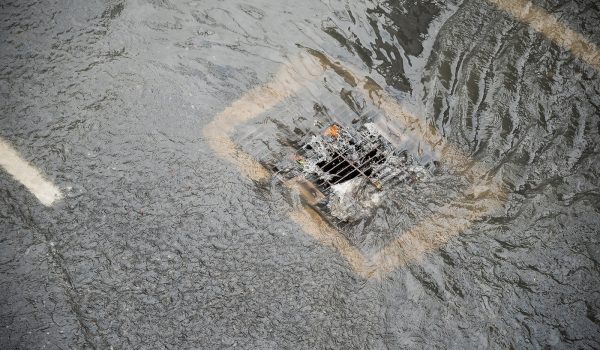On April 12, 2018, the Fourth Circuit became the latest appellate court to weigh in on a significant and rapidly evolving legal issue affecting industries across the economic spectrum: whether discharges to groundwater can be subject to the Clean Water Act permitting requirements. A recent wave of citizen suits have targeted electric utilities, mining companies, pipeline operators, and even a county sanitation department, relying on a so-called “groundwater conduit” theory of Clean Water Act liability. Under this theory, a leak, spill, or other discharge into the ground could be considered a regulated discharge to surface water if the contaminants ultimately reach surface water by migrating through groundwater. The Fourth Circuit upheld this interpretation, as the Ninth Circuit did just months earlier. These decisions have significantly expanded the scope of potential liability for a variety of dischargers in those jurisdictions, as developments in this area continue to unfold across the country.
The Clean Water Act requires permits for any pollutants discharged from a “point source” to “navigable waters.” Although the definition of “navigable waters” has itself been the subject of heated debate and conflicting legal precedent for years, this term has always been limited to surface waters (e.g., rivers, lakes, streams, and certain wetlands). Under the “groundwater conduit” theory, however, discharges could trigger Clean Water Act liability even if the only way they reach navigable surface waters is through passive migration or gradual seepage of groundwater.
The Fourth Circuit decision involved an underground pipeline rupture that released a large quantity of gasoline into soil and groundwater. Upstate Forever v. Kinder Morgan Energy Partners, L.P., No. 17-1640. The plaintiffs argued, and the Fourth Circuit agreed, that the gasoline migrated to nearby creeks and wetlands through a presumed “hydrological connection” between the groundwater and those surface water bodies. The district court had rejected the “groundwater conduit” theory, limiting the scope of the Clean Water Act to direct discharges to surface water. But the Fourth Circuit disagreed, finding discharges to groundwaters to be covered under the Act if they are “sufficiently connected to navigable waters.”
In February, the Ninth Circuit likewise allowed a Clean Water Act citizen suit to move forward where liability was premised on contaminants migrating through groundwater before reaching navigable waters. In that case, a county faced liability for injecting sanitary wastewater into four permitted underground wells, since the wastewater was shown to ultimately reach the Pacific Ocean (albeit several months later). Hawai’i Wildlife Fund v. County of Maui, No. 15-17447 (Feb. 1, 2018).
Following the Maui decision, The U.S. Environmental Protection Agency (EPA) entered the fray, publishing a notice seeking comment on whether the agency should revise or clarify its previous statements regarding the “groundwater conduit” theory of Clean Water Act liability. EPA has made seemingly conflicting statements supporting both sides of the debate in different contexts. Most recently, in Maui, the agency filed an amicus brief urging the Ninth Circuit to hold that discharges that reach jurisdictional surface water through groundwater are covered under the Clean Water Act permit program. However, statements in EPA’s request for comments indicate the agency may be reconsidering that view.
A growing body of conflicting case law on this issue continues to percolate up from district courts across the country through the appellate court process. The focus now shifts to the Sixth Circuit, where two pending appeals involve inactive coal ash ponds allegedly leaking contaminants into groundwater. In these two cases, the district courts out of Kentucky and Tennessee reached opposite conclusions on the threshold issue of whether groundwater that is hydrologically connected to surface waters is subject to regulation under the Clean Water Act. If the Sixth Circuit issues a decision contrary to the existing appellate court decisions, the circuit split could tee up the issue for the U.S. Supreme Court to bring some much-needed clarity. Since an expanded interpretation of the Clean Water Act’s scope is likely to drive a dramatic increase in Clean Water Act citizen suits, eyes across the country are watching these cases closely.
For more information, please contact Emily McKinney or any other attorney in Frost Brown Todd’s Environmental Practice Group.

